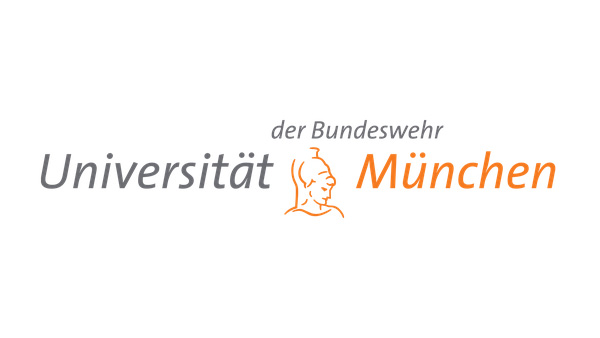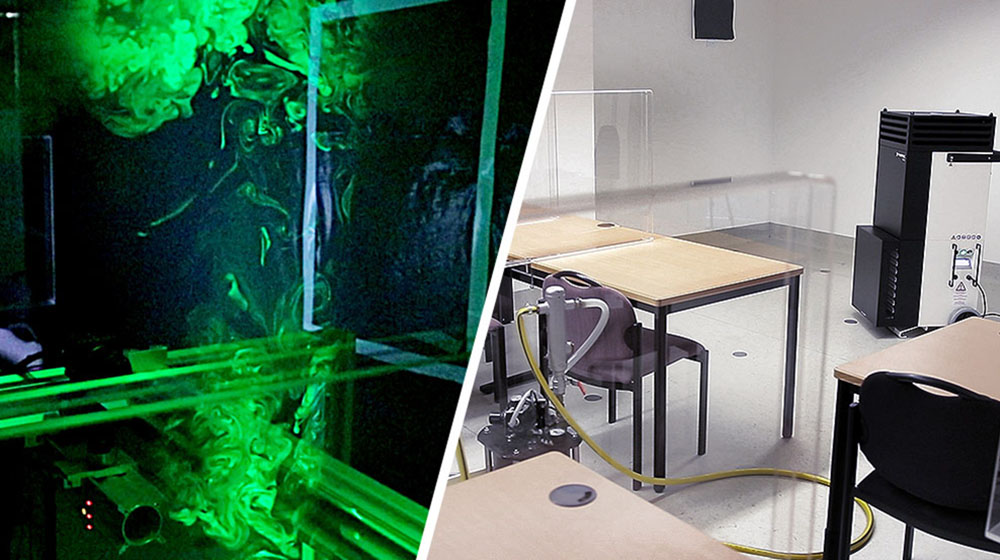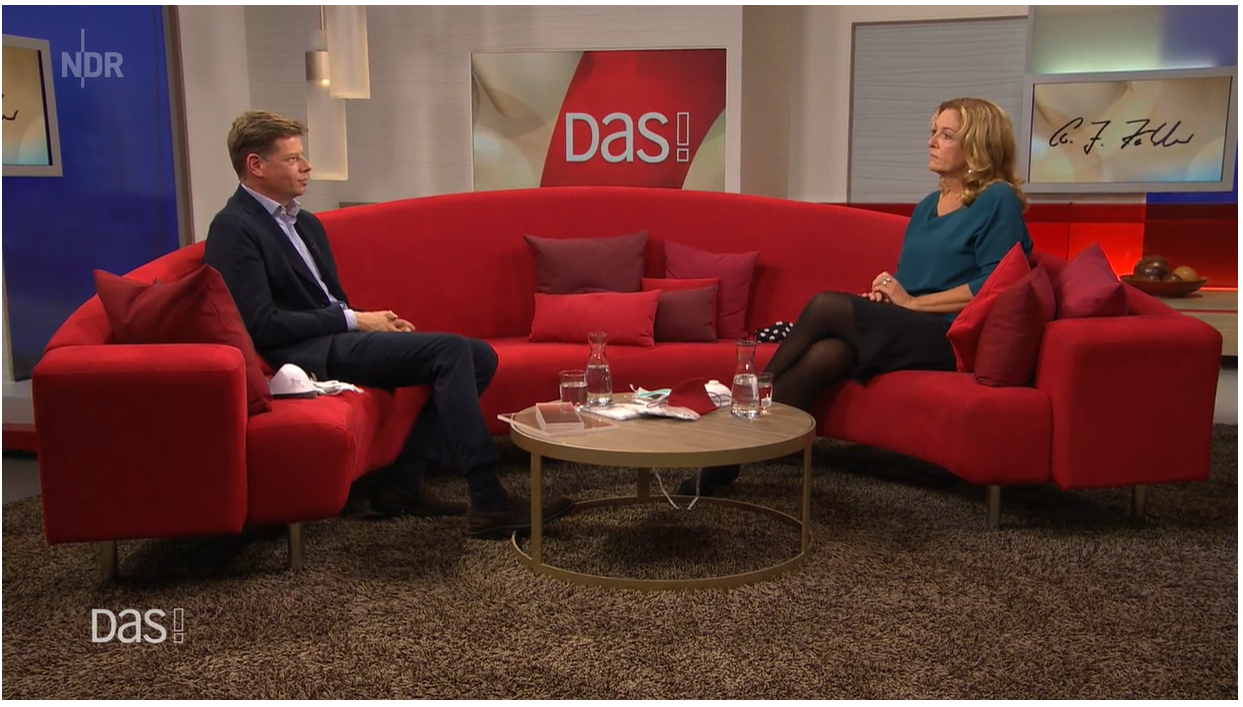Let op! Onderstaand geeft een compact inzicht uit het onderzoeksrapport
Christian J. Kähler, Thomas Fuchs, Benedikt Mutsch, Rainer Hain
Universität der Bundeswehr München
Institut für Strömungsmechanik und Aerodynamik
Werner-Heisenberg-Weg 39
85577 Neubiberg
School education during the SARS-CoV-2 pandemic – Which concept is safe, feasible and environmentally sound?
The future belongs to children and they need education to shape the future with foresight and intention. Children therefore have the right to education, according to Article 29 of the UN Convention on the Rights of the Child [1]. However, professional education is not everything, because children must also experience their strengths and weaknesses together and educate each other to be responsible and considerate people, so that they become socially valuable personalities. Only in this way can they shape the future in a peaceful and humane way. Therefore, attending school is essential. However, children also have the right to protection and care by their parents and the state, because the welfare of the child must also be given priority in accordance with Article 3 of the UN Convention on the Rights of the Child. The question is therefore how schooling in community schools can be realized during the SARSCoV-2 pandemic without exposing children to an unnecessary risk of infection.
How can the risk of infection in classrooms be reduced?
Answering the question first requires an understanding of the essential protection concepts and their advantages and disadvantages. In the evaluation we consider in particular the safety against infection, the costs of the measure, the technical and social feasibility and the environmental compatibility.
Test setup and execution of the concentration measurements
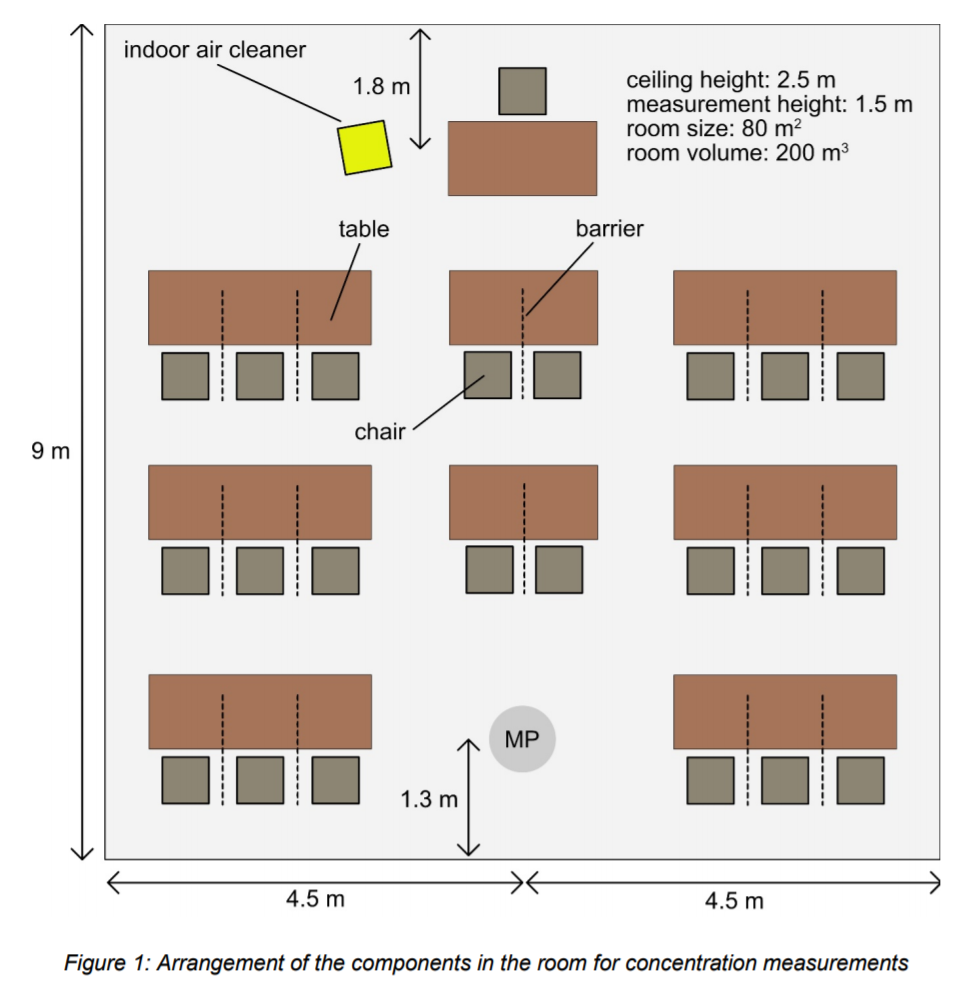
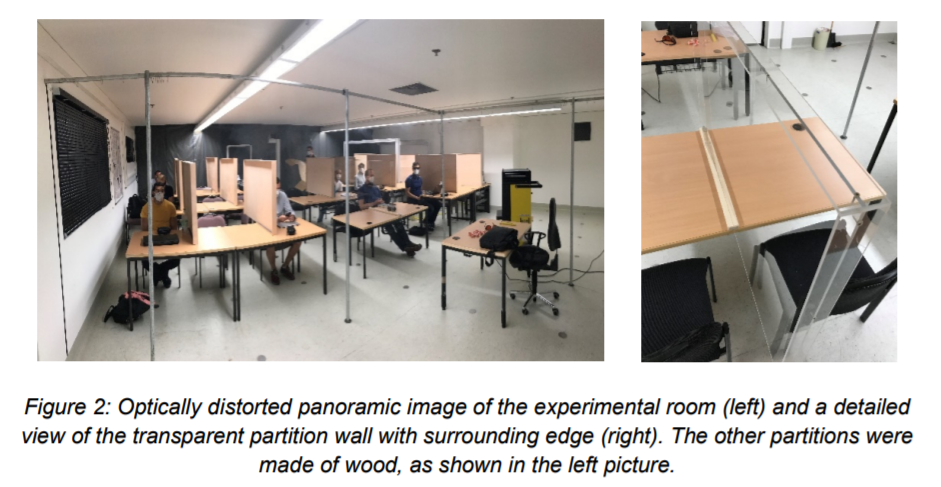
Three different room situations were considered for the analysis:
1. classroom without persons
2. classroom with 13 adults, bags and backpacks
3. classroom with 11 adults, bags and backpacks and partitions between adjacent
seats at a table.
The experiments carried out in this study confirm the very good effectiveness of the protective walls in preventing direct infections. Furthermore, we have shown experimentally that with powerful room air purifiers or disinfection devices a very efficient and fast filtering of the room air can be realized even if the room is full of people, bags, laptops and protective walls. From our point of view this protection concept offers a high degree of safety, is easy to realize, relatively inexpensive if the costs of the other concepts are seriously considered, and ecologically sustainable. Therefore, based on this analysis and experiments, we recommend a step-by-step implementation of the concept, taking into account our recommendations.
Bekijk hier het hele rapport met de conclusie en aanbevelingen.
Contact
Wilt u meer informatie of heeft u vragen n.a.v. dit onderzoek? Neem dan contact met ons op via: 010-426 14 10 of via info@dryfast.eu

